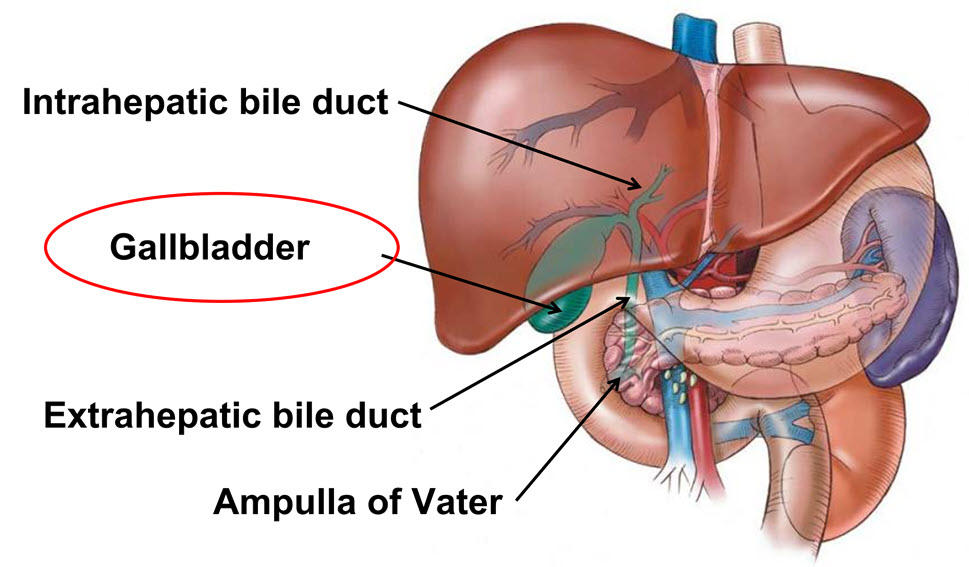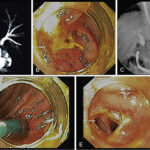Biliary tract malignancy encompasses a group of rare but aggressive cancers affecting the bile ducts, gallbladder, and ampulla of Vater. Despite its rarity, this condition poses significant diagnostic and therapeutic challenges due to its insidious onset and complex anatomical considerations. This guide delves into the causes, symptoms, diagnostic processes, treatment options, and recent advancements in managing biliary tract cancers.

What Is Biliary Tract Malignancy?
Biliary tract malignancy refers to cancers that originate in the biliary system, which includes:
- Intrahepatic bile ducts: Found within the liver.
- Extrahepatic bile ducts: Located outside the liver.
- Gallbladder: The organ storing bile.
- Ampulla of Vater: Where bile and pancreatic ducts converge.
Types of Biliary Tract Malignancy
- Cholangiocarcinoma
- Classified into intrahepatic, perihilar, and distal subtypes based on location.
- Gallbladder Cancer
- Often associated with chronic inflammation and gallstones.
- Ampullary Cancer
- Rare but distinct due to its junctional location.
Causes and Risk Factors
While the exact cause remains unclear, certain factors increase susceptibility:
- Chronic Biliary Inflammation: Conditions like primary sclerosing cholangitis (PSC) and choledochal cysts.
- Infections: Liver flukes (e.g., Opisthorchis viverrini).
- Lifestyle Factors: Smoking, obesity, and exposure to carcinogens.
- Genetic Predisposition: Mutations in TP53 and KRAS genes.
Symptoms of Biliary Tract Cancer
The symptoms are often nonspecific, leading to delayed diagnosis. Common signs include:
- Jaundice: Yellowing of the skin and eyes due to bile duct obstruction.
- Abdominal Pain: Typically in the upper right quadrant.
- Unintended Weight Loss: A hallmark of malignancy.
- Dark Urine and Pale Stools: Indicating bile flow disruption.
- Pruritus (Itching): Due to bile salt accumulation in the bloodstream.
Diagnostic Approach
1. Imaging Studies
- Ultrasound: First-line modality for detecting biliary dilation.
- CT Scan: Useful for staging and assessing tumor invasion.
- MRI/MRCP: Gold standard for detailed biliary anatomy visualization.
2. Endoscopic Techniques
- ERCP (Endoscopic Retrograde Cholangiopancreatography): Allows for bile duct visualization and biopsy.
- EUS (Endoscopic Ultrasound): Enables fine-needle aspiration of lesions.
3. Biopsy and Histopathology
Tissue biopsy confirms the diagnosis and determines histological subtypes.
Staging and Prognosis
Accurate staging, based on the TNM (Tumor, Node, Metastasis) system, guides treatment:
- Stage I: Localized tumors.
- Stage II-III: Regional spread to lymph nodes or adjacent organs.
- Stage IV: Distant metastases.
Prognosis depends on tumor location, stage, and resectability, with survival rates significantly decreasing in advanced stages.
Treatment Modalities
1. Surgical Interventions
- Curative Resection: Preferred for localized disease.
- Liver Transplantation: Considered for unresectable perihilar cholangiocarcinoma.
2. Radiation Therapy
- Adjuvant or palliative to control local progression.
- Techniques: External beam radiation, brachytherapy.
3. Chemotherapy
- Regimens often include gemcitabine and cisplatin.
- Newer agents and immunotherapies are under investigation.
4. Palliative Care
- Focuses on symptom management.
- Stent placement to relieve jaundice or biliary obstruction.
Advancements in Research
Targeted Therapies
- Inhibitors of FGFR2 and IDH1 mutations show promise in clinical trials.
Immunotherapy
- Immune checkpoint inhibitors (e.g., PD-1/PD-L1) are under evaluation.
Precision Medicine
- Genomic profiling aids in tailoring personalized treatment plans.
Prevention and Early Detection
Risk Reduction Strategies
- Avoidance of Known Carcinogens: Limit exposure to industrial chemicals.
- Management of Chronic Conditions: Timely treatment of PSC or bile duct infections.
- Lifestyle Modifications: Healthy diet and smoking cessation.
Screening
- Recommended for high-risk individuals with PSC or a family history of biliary cancers.
Biliary tract malignancy, though rare, requires a multidisciplinary approach for effective management. Advances in diagnostics, targeted therapies, and precision medicine hold promise for improving outcomes. Raising awareness and promoting early detection are crucial for combating this challenging disease.

